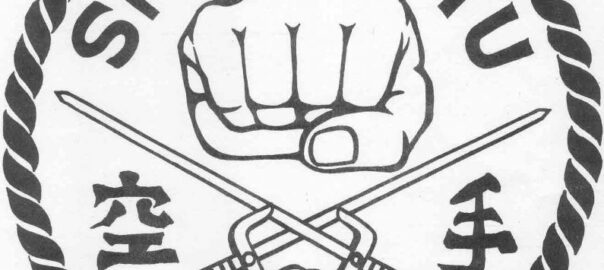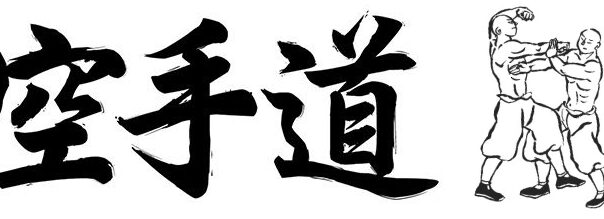Maeshiro Morinobu 9. Dan Hanshi is performing the kata Gojushiho.
In some styles of karate, there are two versions of this kata – Gojūshiho Shō and Gojūshiho Dai. An advantage of the two versions of the kata is to better master the difficult techniques presented therein, but not without facing some confusion, for many sequences are the same and others only slightly different. Gojūshiho Shō and Gojūshiho Dai are two versions in Shotokan of the same, single Shōrin-ryū kata called Useishi (54) or Gojūshiho.
See also this Shotokan videos:
Wikipedia
Gojūshiho (五十四歩, lit. 54 steps) is a kata practiced in karate. Gojushiho was developed by Sokon Matsumura, one of the key founders of Okinawan martial arts and named it “Uesheishi”, which literally means 54 methods in Chinese. In some styles of karate, there are two versions of this kata – Gojūshiho Shō and Gojūshiho Dai. An advantage of the two versions of the kata is to better master the difficult techniques presented therein, but not without facing some confusion, for many sequences are the same and others only slightly different. The embusen of both Gojūshiho Shō and Gojūshiho Dai are nearly identical. Gojūshiho Shō begins straight off with a wide variety of advanced techniques and, as such, is highly recommended for study. Gojūshiho Dai consists of many advanced open-handed techniques and attacks to the collar-bone.
Gojushiho movement is quite similar with Aikido grappling technique in terms of flowing knife hand or “tate-shuto-uke” or vertical knife hand block. “Tate-shuto-uke” does not resemble other shuto uke which resemble as “block technique”. Rather it was throwing technique in “aiki-jujutsu”. Another “shuto” technique as “shuto-nagashi-uke” or “knife-hand-flowing-block” has become the unique characteristic of Gojushiho because of flowing movement which is not merely interpreted as “block”, but “throw”.
Gojūshiho Shō and Gojūshiho Dai are two versions in Shotokan of the Shōrin-ryū kata called Useishi (54) or Gojūshiho.



